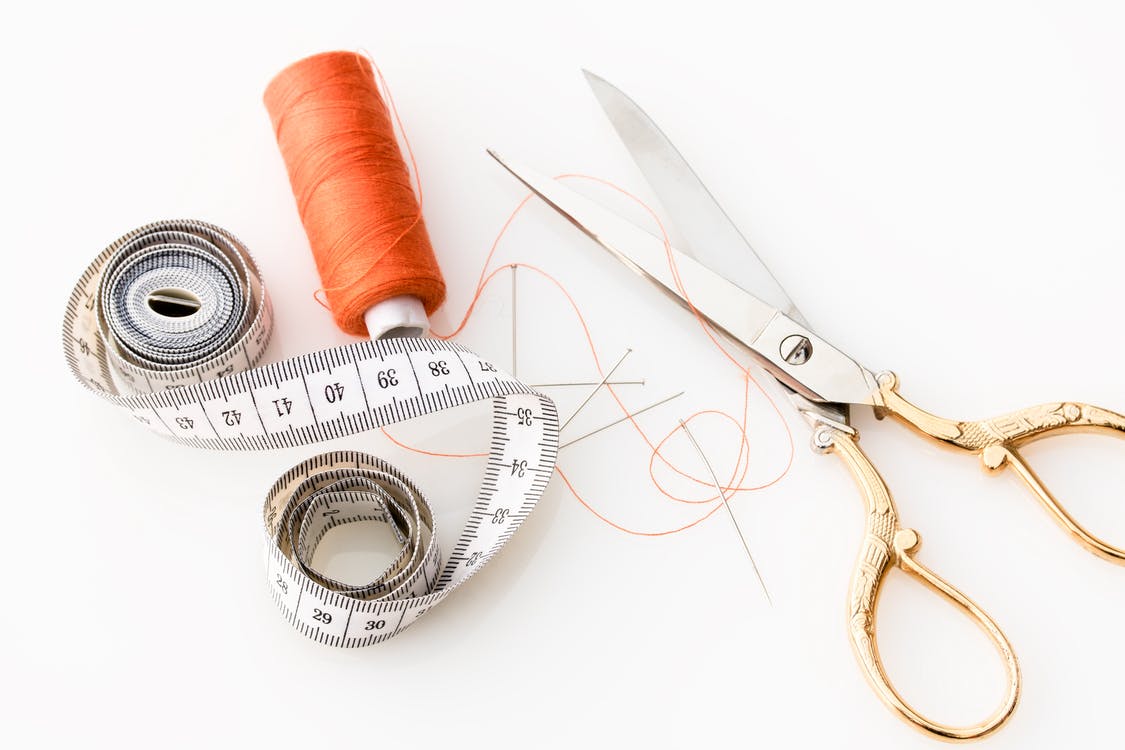
The Rise of DIY Clothing Designers
We’ve previously featured Tove, a clothing startup that grew through the pandemic by shifting to a direct-to-consumer business. Founders of Tove, Camille Perry and Holly Wright, shared how the pandemic has forced them to slow down, which was a surprising gift for their business. This is because it has given them time to focus on their priority, which is to become a direct-to-consumer business. Aside from this, quarantine has also given them a captive audience, which was another huge factor to their brand’s success. But Tove isn’t the only business that has found success despite quarantine measures. Being stuck at home has led many to re-explore their creative sides, giving rise to a new generation of DIY clothing designers.
DIY, do it yourself, has been an ongoing trend for a while now. And anyone on social media can see that with the ongoing pandemic, there are now more people than ever showing their handmade creations online. With people having more ‘free time’ due to being stuck at home and socially distancing themselves, it is no surprise that DIY fashion kits have become all the rage. These fashion kits come with everything you’ll need, from instructions to materials, to design your own article of clothing or jewelry, such as a jacket or a one-of-a-kind bracelet. And those with more creative and artistic skills and abilities have turned to learning how to make their own clothes. Making or sewing clothes with the fabric they’ve chosen, gives creators a sense of achievement and enjoyment. It also changes the relationship they have with the clothes they own, as they now have more intrinsic value, and as such, have become less disposable.
This renewed passion for fashion, coupled with the ease at which people can now sell goods online, has led many to start their own clothing lines. This isn’t surprising, as there are several benefits to having your own clothing line. It doesn’t only give you the freedom to express yourself artistically, it can also help you reach financial freedom, as with other business ventures that build a customer base and a dependable revenue stream. And with several online marketplaces, like Etsy, Gumtree and Wish, distribution to consumers has never been easier.
Breaking into the fashion industry is no easy feat. It doesn’t only require artistic ability and craftsmanship, it also requires knowing how to sell and market products. Luckily there are companies like Indie Source that provide help to fashion entrepreneurs through brand marketing that will help them enter a larger market.
But aside from the ease and benefits, a lot of those who have decided to make clothes to sell do so because of the unsustainability of fast fashion and fashion trends. And with a whopping 73% of millennials willing to spend more money on sustainable products, the market for handmade clothing is definitely going to continue to grow.


